A design prototype is an interactive visualization of your future product or service: created to facilitate, collect and implement end-user feedback. Many use prototyping in their software development process. However, not everyone utilizes its full potential to save time and money.
The Benefits of Prototyping
Before we start let’s review what makes prototyping useful and define its role in the software development lifecycle.
1. High Speed of Creation
User-Experience prototypes are created in days, or at most weeks. It takes days (or even weeks) to create user-experience prototypes that are ready to be shown to your stakeholders and clients. This means a prototype is the fastest way to validate your value proposition and user experience before you invest in development and operations.
2. High Speed of Change
Building prototypes allows us to generate feedback and make quick changes. We then transform user insights into new ideas and versions in days (or even hours). Modifying the prototype comes next and it will be ready to be tested again in a quick and efficient turnaround.
A good example could be a rapid prototyping workshop with stakeholders when the prototype is screen shared. Alternative versions are generated on the fly. This allows us to streamline validation and roll out fast. In addition, this enables us to shortcut through days of aligning schedules, sending emails and reduces feedback cycles.
3. High freedom of change
The earlier in the cycle it is, the easier you can change a part of the vision, the strategy canvas, or the user story map. As it gets further into production, the more design, technology and infrastructure choices limit the flexibility of adjustment. The design prototype is a link between the abstract and the real product. It is the best phase for experimenting with change.
4. Low cost of change
The prototyping phase has the lowest cost of change compared to the development and implementation phase. Implementing a change to a prototype versus a viable project can be a 10x difference.
How Prototyping Helps
Prototyping is ideal for facilitating and implementing user feedback.
You save time and money by validating your idea early (and failing fast and lean). Moreover, moving as much user feedback [as you can] to the prototyping phase lowers the cost of your project.
Prototyping is ideal for facilitating stakeholder feedback.
Inviting stakeholders into the process early saves time and money. The earlier you get feedback and buy-in, the less it costs to make changes.
Combine Prototyping and Agile Design-Thinking.
We don’t have to wait for the full prototype to start implementing user feedback. At City Innovation Labs we use a continuous agile design thinking process. This process allows us to test and validate the design prototype in small increments. In addition, we have the ability to get stakeholder and user feedback frequently. We can improve the prototype with every iteration. This boosts overall project speed and allows us to get early user validation.
Prototyping is an efficient tool for scope & requirements management, development estimation, and technology choices.
You save time visualizing requirements and therefore reduce the risk of scope creep. Not to mention, this level of clarity to the development team allows you to make better technology choices.
Prototyping allows savings on UI design.
With a hi-fidelity UX prototype that covers all use cases and states, it is easy for the development team to implement a framework-based front-end and skip the design phase as such. Therefore, you will save additional time and money on your project.




